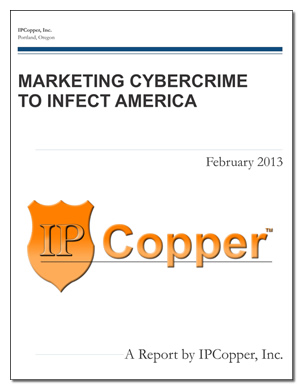General Network & Performance Monitoring with the IPCopper USC8032
Resources
The USC8032’s rule set structure with its virtual data “buckets” and 10,000 rules handily allows admins to set up real-time graphical monitoring and triggered alerts of general network performance as well as of individual network applications and equipment. With its high speed and high performance, hundreds and thousands of individual network devices or apps may be monitored by one single USC8032.
The first step is to set up one or more rules to identify the network traffic you would like to monitor. If simply monitoring general network performance, one rule with the most expansive parameters would catch all the network packets. For monitoring a subset of network activity, such as in the case of individual applications or equipment, use one or more rules to describe the desired traffic. For example, in the case of individual equipment, the relevant packets may be identified by the source or destination MAC addresses. A single IP address or a range of IP addresses, on the other hand, could identify other data streams. If needed, protocol, VPN and other parameters could further refine the identification of the relevant packets. The USC8032 allows up to 10,000 individual rules, which makes it possible to create numerous rules to precisely describe each subset of network traffic to be monitored.
Once the rules are in place, the second step is to link them to one or more virtual data “buckets.” Once linked, the rules define which packets the bucket collects. For example, a data bucket named “Network” with one rule with the most expansive parameters would enable the monitoring of network traffic as a whole. A second bucket named “App1” could collect a subset of traffic based on the application’s particular characteristics to enable separate monitoring of just the application’s packets.
The third step is to graph the data from the buckets, either using real-time data as it comes in or using data pulled from specific past time ranges. The XML Workspace allows for the simultaneous display of multiple graphs, enabling the concurrent monitoring of multiple datastreams, as well as the ability to compare traffic patterns from different time periods. If a portion of the graphed data warrants further investigation, you can pull and check packets individually, as well as review IP statistics.
In addition to graphical monitoring, when monitoring network equipment and application performance you can also set customized email alerts for each monitored device to alert when its bit rate or packet rate falls out of its normal operating range.
Questions? Please feel free to contact us for more information about the USC8032.

